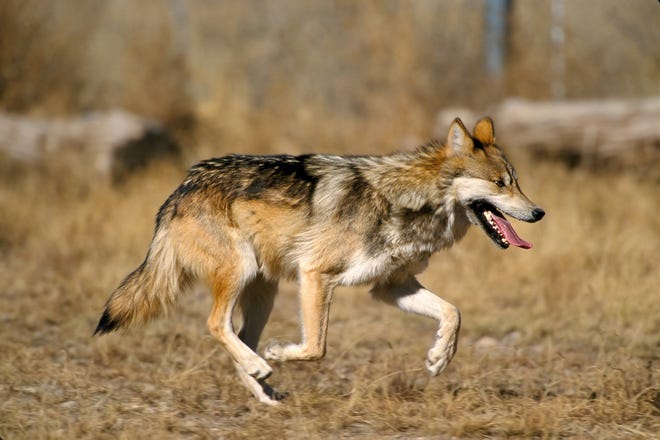[ad_1]
Tobacco Everywhere
For making cigars, tobacco is grown all around the world, from Poland to South Africa, from Argentina to Canada and, westbound, from Philippines to Mexico. But cigar tobaccos are mainly grown in the intertropical areas.
Tobacco Origin
Tobacco is known as a plant originally from America. Some species were identified in South Pacific. There are many species and varieties. Not all of them are used in smoking products. Many are grown as ornamental plants as they are frequently blooming, showing colors from white to dark red and purple.
Here are some of the countries in which tobacco is grown, to produce your cigars.
Argentina
Argentina grows dark air-cured tobacco in the provinces of Misiones and Corrientes, and flue cured tobacco in the area of Salta. Misiones has also a production of Burley type. These tobaccos are mainly for cigarettes but Corrientes is appreciated for short filler cigars because of its smooth taste. Argentina used to be a big producer and exporter but changes in the economic and income tax policies have seriously damaged the production, making the tobacco too expensive to be competitive on the international market. Consequently, production volumes have decreased.
Brazil
Brazil is one of the largest world’s tobacco producers. The East Central State of Bahia is an important cigar tobacco growing area, about 100 miles west of the state capital, Salvador da Bahia, an active port on the Atlantic Coast. The Northern State of Alagoas hosts a production around the city of Arapiraca where maduro cigar wrappers are grown. The Southern states of Rio Grande do Sul and Santa Catarina produce tobacco for cigarettes and pipe.
Cameroon
Cameroon cigar wrappers are grown in the East part of the country. The growing area spreads over the eastern border, into the Central African Republic. Wrappers are air grown, without fertilizers and pesticides, by small farmers. The average plantation size is about one acre. The seed is originally from Sumatra, introduced in the country just after WWII. Grown first for French Monopoly needs, the tobacco was offered on the international market when production was too large for this single use. Well appreciated by European manufacturers and large American cigars companies, Cameroon wrapper production dropped down during the late 1980s, due to poor management. Today, quantities are small and quality could be better.
China
China is by far the biggest tobacco producer, with approximately 5 millions metric tons. USA follows with about 1 million metric tons. Chinese tobacco is a flue-cured type, not aromatic and a bit sharp in taste. This tobacco is not suitable for cigars. It is mainly used for local cigarette consumption. A small quantity is exported. Cigarette industries import the tobacco and use it as a neutral and cheap filler.
Connecticut, USA
The Connecticut Valley, in the Northeast of the USA, is well known for its bright yellow cigar wrapper. Because of a very hot and sunny summer, the tobacco is shade grown. Whoever has flown over Hartford, CT, seated next to the window, could not fail to have seen the huge white acreage of land standing all around: the tobacco fields covered with white clothes to protect the plants from the direct sun radiation. And the huge barns, large like cathedrals, ready for the flue curing. Impressive!
Cuba
Tobacco grows all across Cuba. Your premium cigar has been made, I hope, out of tobacco coming from the West province of Vuelta Abajo, where a really good material is harvested. In Central and East Cuba, the provinces of Remedios and Oriente yield tobacco that is not supposed to be acceptable for what everybody calls a Havana!
Dominican Republic
Dominican Republic is a traditional tobacco-growing country. In the 60’s, a Cuban seed was introduced and the resulting tobacco (Piloto Cubano) became famous as a good substitute of the Cuban tobacco that was no longer allowed to enter the USA. Exiled Cubans did a great job there. Piloto Cubano is a full bodied tobacco but, maybe, is missing some aroma. Blended with Olor dominicano type, more aromatic, Piloto Cubano makes the 100% dominican cigar a very decent cigar. Both Dominican types are good components for multi-origin blends.
East Mediterranean Countries
The Eastern countries of the Mediterranean Sea are devoted to the culture of Oriental type tobacco, which is sun-cured. Greece, Turkey and Bulgaria are the main producers, but Lebanon, Syria, Macedonia, and Romania are also growing. This tobacco has tiny leaves, which are sometimes only 2 inches long. The sun curing gives them a yellowish color and high sugar content. Aroma is generally rich and a small proportion of oriental tobacco in a blend brings a lot in the taste. This tobacco is not used for long filler cigars, but only in short filler cigars and cigarettes.
Ecuador
Ecuador is the perfect place to grow wrappers, because it is located on the Equator! And it has rich soils too. The weather conditions, with a nearly permanent cloudy sky, provide a natural shade, protecting the wrapper plants from sunshine and allowing the tobacco to grow thin and light. Ecuador supplies Connecticut and Sumatra type wrappers to many cigar factory in the world.
Honduras
Honduras has built up a good reputation in making premium cigars. The country is a rather small tobacco producer and the cigars are mainly made out of imported leaves. However, Honduras has a pretty good potential for growing tobacco, especially wrappers, and could become a major player in the future.
Indonesia
Tobacco is grown in many islands of the Archipelago but, as far as cigars are concerned, Sumatra and Java are the ones. Sumatra Wrappers are known worldwide. Central Java (Vorstenland) and East Java (Besuki) produce fillers and wrappers in abundance. Indonesia is a key country for cigar tobacco.
Mexico
Dark air cured tobaccos are produced in Mexico, mainly in Vera Cruz and Tampico provinces, on the East Coast along the Golf. There is also some production in Yucatan. Previously a state-owned operation, it is now handled by private individuals and cooperatives. Mexican tobacco is very dark and the best leaves can be used as maduro wrappers. In San Andres de Tuxtla (Vera Cruz), there is a very interesting production of Sumatra seed wrappers.
Philippines
In Philippines, tobacco growing is concentrated in the Northern part of the main island of Luzon. Traditionally, dark tobacco for cigars was grown and Philippines’ cigars were very famous, under the powerful Compania General de Tabaccos de Filipinas. They probably declined because they were too mild. Today, Philippines still grows dark tobacco and has developed a production of flue-cured tobacco for blond cigarettes.
Zimbabwe
Zimbabwe is among the top three countries for high quality flue cured tobacco (with the USA and Brazil). The embargo that hit the country, when it was still Rhodesia, did not hurt the production. It made the Rhodesians more inventive and they went on producing. At this time, Zambia and Tanzania, the neighboring countries were selling a lot! When the embargo was lifted in 1980 allowing us to deal directly, we discovered a fascinating organization and equipment, the best in the world. Tobacco was the top activity of the country and getting a job in tobacco was a challenge for many young men. The actual Zimbabwean agrarian policy , which we won’t discuss here, will probably strike this country off the list of tobacco producers. Cigar industry will not suffer as flue-cured tobaccos are mainly concerned. Brazil should be the major beneficiary of this situation.
[ad_2]
Source by John Payne














